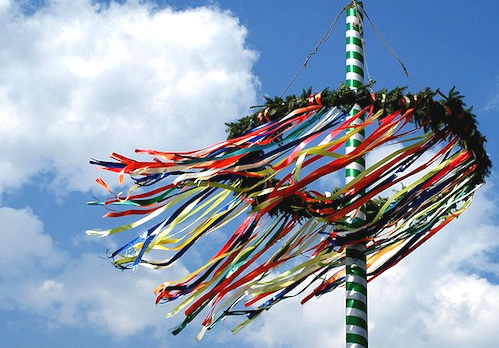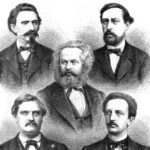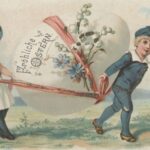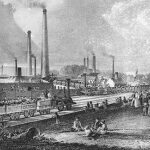 May 1st is an international holiday in Germany known as May Day
May 1st is an international holiday in Germany known as May Day
The first of May is Labor Day (Tag der Arbeit). The International Workers’ Congress in Paris designated May Day as a public holiday in 1889, and in 1919 the National Assembly in Weimar declared it a public holiday in Germany. It is observed by holding meetings, marches and giving public speeches, mostly organized by trade unions.
There is much more than that in May Day for sure. Ancient calendar abounded in festivals for this day.
Many customs and symbols are connected with May Day. Maigloeckchen (Maybells) are in bloom, houses and dance halls are decked with young green grass and flowers, and people sing songs to celebrate this joyous occasion. May is the month most sung about by poets and song-writers. A part of the celebrations are ceremonial plantings of young trees. The Maypole is put up and there are dances around it. There may be a May play or a May Queen contest. In some areas, a whole village may gather around a Maypole. Everybody holds hands, dances, drinks, and is happy not to have to be at work for a day. There may be a merry procession to Maypole or dance hall, where the May Queen ceremonially declares winter defeated and opens the dance.
The Maypole and the dance around it is a major symbol of spring’s reawakening of fruitfulness. May was known as the “Wonnemond,” the month of lovers where a young man’s fancy would turn to love. In May the largest number of weddings take place. Over time the Maibaum (May Tree) lost its original meaning, that of celebrating a wedding. In the old days, young unmarried men of the village would organize and sponsor parties, dances and celebrations, to get the unmarried maidens of the village into the spirit of May. If then a wedding would take place, a tree decorated with colorful streamers and ribbons would be placed in front of the bride’s house.
The traditional Maypole dance starts with long ribbons attached high up on the pole. Each dancer holds the end of a ribbon. The circle of dancers begins far out from the pole, so the ribbons are kept fairly taut. There should be an even number of dancers, facing alternatively clockwise and counterclockwise. All dancers move in the direction they are facing, passing right shoulders with the next, and so on around to braid the ribbons over-and-under around the pole. Those passing on the inside will have to duck, those passing on the outside raise their ribbons to slide over.
In Bavaria May 1st is an especially important day. Festivals there have a special Bavarian flavor. In Bavarian villages, it has been the custom for centuries to cut a tall and straight tree, a day or two before May 1, place it in the middle of the village and decorate it with a wreath of spring flowers and colorful ribbons. One of the traditions is to attempt to steal the Maypole of the neighboring village the night before, and to hold it for ransom, usually a couple kegs of beer. At the same time villagers had to make sure that their Maypole was not stolen by their neighbors.

Another Bavarian tradition is the Maibaumkraxeln (Maypole climbing) contest. In many parts of Bavaria guys battle to see who can climb up the shaven and polished tree trunk the fastest, a task made even tougher by soaping down the Maypole, so that climbers only succeed if they smear ashes, tree sap or pitch on their hands. The goal is to win the Brezeln und Wuerste (pretzels and sausages) that hang on top of the pole, and to impress the girls down in the crowd. Beginners climb carefully, gradually and in spurts. Veterans will grab a hold of the tree between hands and feet and climb right up. These are trees, 15 m (46 ft.) high, without branches, no bark, and slick as a grease pan!
Related article:
German Maiwein
The Fascinating History of Germany’s Maypole (Maibaum) Tradition








